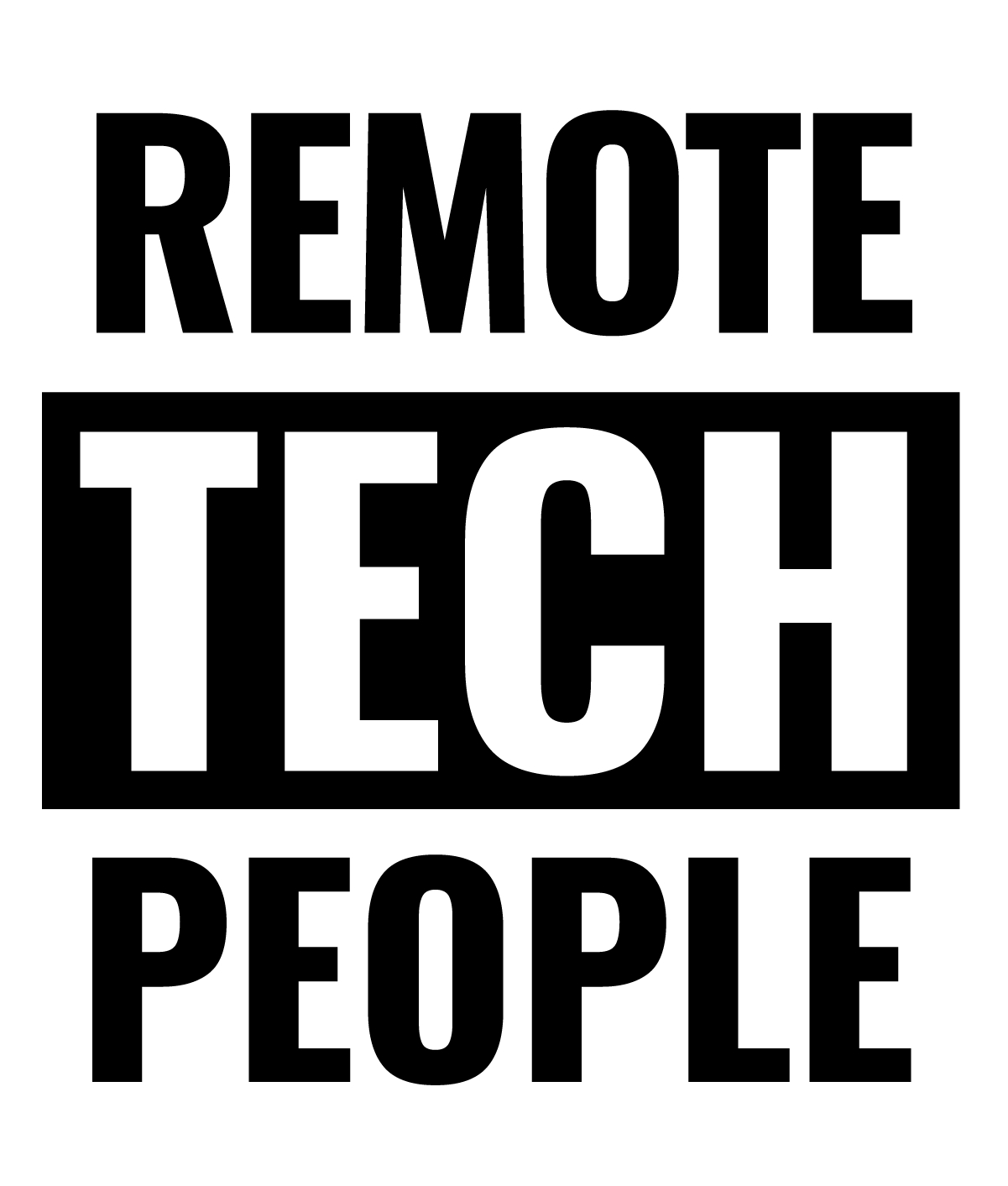Productivity is the key to success in a remote working environment as it is in most workplaces.
While trying to do two things at once might seem like an obvious way to get the most out of your work day, multitasking, despite its inherent allure, can inhibit performance and lead us to make errors more frequently.
Much like Bigfoot, multitasking is a myth
While often discussed in job adverts, “an excellent multitasker” isn’t really possible. For all its merits, your brain is incapable of completing two high-level function tasks at the same time.
It’s worth noting that low-level functions like breathing aren’t counted as activities in multitasking. Only tasks that require dedicated thought to complete contribute, however after mentioning you may now be actively thinking about your breathing (sorry).
“Multitasking” is rapid task switching
If you consider yourself a good multitasker, odds are you’re a good task switcher. When we begin to complete a mental task, our brain goes through two stages controlled by the cerebral cortex. The first of these is shifting your focus to the desired goal. The second stage is known as activation. This is where your brain clicks into the required processes for this new task.
When we multitask, we’re just forcing our brains to switch and activate different tasks over and over again. Our brains aren’t built to switch between intense activities at a rapid pace. It divides our attention, lowering the quality of our work. While the switches themselves are extremely quick, this time can add up.
Use mindfulness to address multitasking
We know that “multi-tasking” is detrimental to our productivity and work quality, but how do we address it? There are many strategies to address the habit of multitasking, but today we’ll focus on mindfulness.
Mindfulness has been a mainstay in the discussion of stress reduction and mental well-being for the previous decade. When you focus your attention on something mindfully, you give it your undivided attention. You become more aware of the distractions that arise and can maintain your attention focused on the task at hand. This gives your brain a much-needed break from task switching.
Tools and strategies for mindfulness
The solution to “just focus” on a work task might seem like an insurmountable challenge to start with, but there are tools and strategies you can use to make your mindfulness journey easier.
First, be kind to yourself. If multitasking has been your norm for your working life, switching gears into mindful focus isn’t going to happen in a day. Acknowledge when you have lost focus, and take a moment to center yourself again.
Consider creating a schedule that promotes mindfulness. Block out periods of “focus time” in your calendar, and use these periods to switch off notifications for work emails and other disruptive notifications. Make sure you communicate this with your team and manager and work together to create a disturbance-free time block.
To get the best out of your brain, give it a chance to deeply focus on a single task at a time. You’ll get more out of your workday and will make fewer mistakes.

